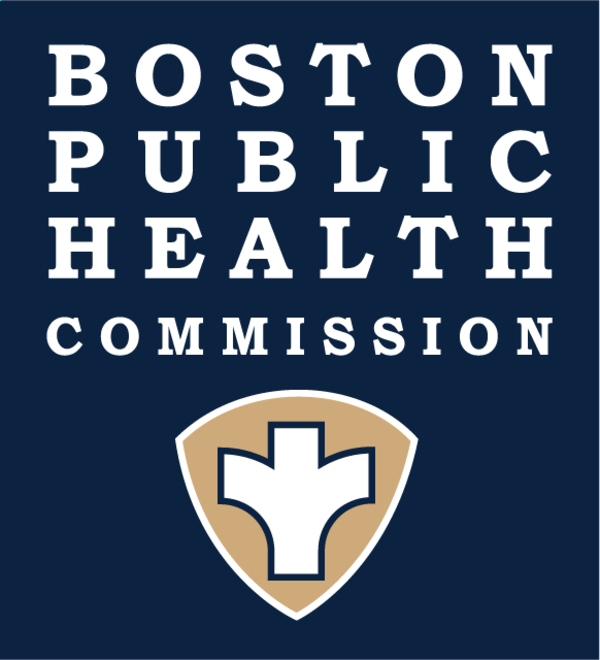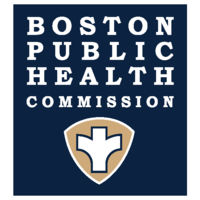Smoke-free housing for tenants
This page answers common questions about smoke-free housing. Smoke-free housing benefits everyone with clean air and safer homes.
You can also learn about the benefits of smoke free housing and download an info sheet to share with friends and family. If you or someone you know has interest in quitting smoking, see our quitting-smoking resources.
You can even order free smoke-free materials including window decals and small laminated signs in multiple languages.
Common questions about smoke-free housing
What is smoke-free housing?
A home or building(s) that does not allow smoking anywhere inside, including in any apartments.
Smoke-free housing includes areas around doors, entrances, porches, balconies, and windows, to keep smoke from getting inside.
A smoke-free "unit" is not the same as smoke-free "housing." All units in a building need to be smoke free to keep smoke from getting into other units.
Is smoke-free housing legal?
Yes, it's completely legal. There is no legal "right to smoke" in residential buildings that have multiple units, in Boston, the state of Massachusetts, or anywhere in the U.S.
Does not mean "no smokers"
A no-smoking rule does not mean "no smokers." Smokers are welcome to live, visit, or work in smoke-free buildings, as long as they follow the rules to not smoke in or near the building(s).
This is no different than tenants or visitors having to follow a no pet rule or a rule about quiet hours in a building.
What smoking products does a smoke free policy include?
A smoke-free policy can include anything that burns and is inhaled—tobacco, hookahs, and marijuana. Many landlords also include e-cigarettes, e-pipes, and other vapored products. For more information, see our FAQs.




